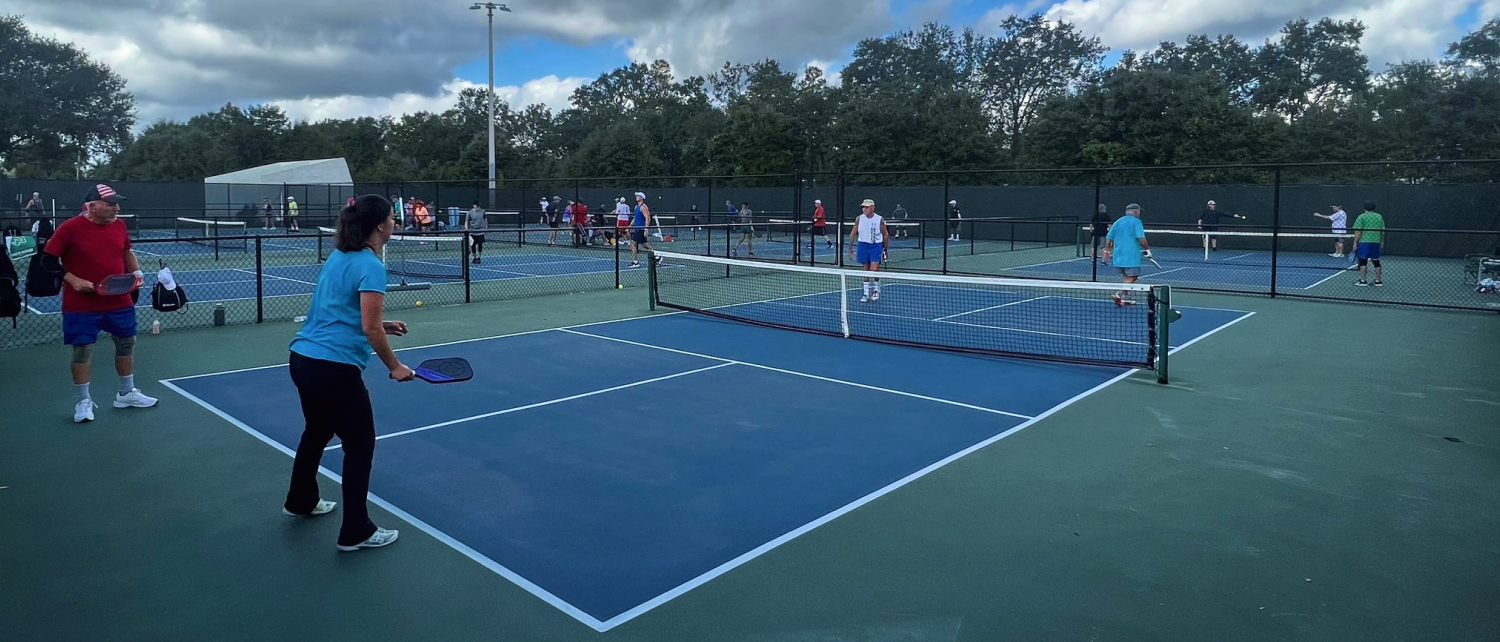
When introducing new players to pickleball, one of the most effective approaches is to begin with dinking. While beginners often want to start smashing or driving the ball, teaching control through dinking helps players build strong fundamentals, develop patience, and gain confidence on the court.
Understanding the Dink
The dink is a soft shot that goes over the net and lands in the other team’s “kitchen,” which is their non-volley zone. It is a planned, controlled shot that keeps the rally going and creates opportunities to attack. Players learn to maintain pace, placement, and spin by dinking. These are basic skills that apply to all parts of the game.
Building Control and Consistency
For beginners, consistency is much more important than strength. Dinking starts with finesse and touch rather than power, which helps players learn to keep the ball in play. The dink helps improve overall accuracy by requiring you to use soft hands and excellent paddle control. Adding power later is easy once players can control the ball at slow speeds.
Improving Footwork and Positioning
Dinking drills help players stay balanced and move smoothly near the kitchen line. This enables players to develop their ability to move their feet swiftly, maintain a light footfall, and maintain the correct stance. New players learn how to cover the court well and stay in the best position for the next shot by moving around during dinking rallies.
Developing Strategy and Patience
You need to be proficient at both strategy and physical skill to play pickleball. The dink rally teaches players to stay calm and plan rather than rush to win. Players learn to make mistakes, create space, and know when to attack. Dinking is a way to improve the mental side of the game and teach patience, discipline, and timing.
Reducing Injuries and Overexertion
Starting with softer shots also prevents new players from injuring themselves by overdoing it. Many beginners hurt their shoulders, elbows, or wrists when they jump right into power play. Dinking helps you learn the right way to do things, lets your muscles adapt gradually, and keeps you safe as you move. It lets players have fun while reducing risk.
Encouraging Longer Rallies and More Fun
One reason people love pickleball is that it’s fast-paced but still social. Dinking makes rallies last longer, which makes learning more fun and engaging. It makes things fairer, so people of all ages and skill levels can work together to win. Players stay motivated to practice because they enjoy the satisfaction of long volleys.
Transitioning Naturally to Advanced Play
Once players get good at dinking, it is easier for them to move on to drives, volleys, and third-shot drops. Dinking helps you get better at higher-speed exchanges by improving your timing, coordination, and paddle control. In competitive play, advanced players often have better dinking skills than beginners. Their advantage is that they can control the pace of the game and put their opponents in tough spots.
Creating a Positive Learning Environment
Dinking is a good way for coaches and teachers to make new players feel welcome. It takes away fear, boosts confidence early on, and encourages success in the first few sessions. Students are more likely to stick with their lessons and stay committed when they see quick progress.
Incorporating Dinking into Lessons
A good beginner lesson might include:
– Warm-up dinks: Light exchanges at the kitchen line to work on control.
– Target drills: Aiming for specific areas to improve placement accuracy.
– Movement drills: working on controlled resets and lateral footwork.
– Mini games: Short rallies that only focus on keeping soft, steady shots.
By combining these activities, coaches create a structured, fun way for players to strengthen their skills.
Starting pickleball instruction with dinking is one of the smartest ways to build confident, consistent players. It teaches control, balance, patience, and strategy, the core of successful play at any level. Whether you’re teaching kids, adults, or seniors, starting with dinking ensures players develop sound fundamentals before moving to faster, more aggressive techniques.
For personalized pickleball lessons designed to strengthen your foundation and elevate your game, visit IG Pickleball.
Picture Credit: iStock






